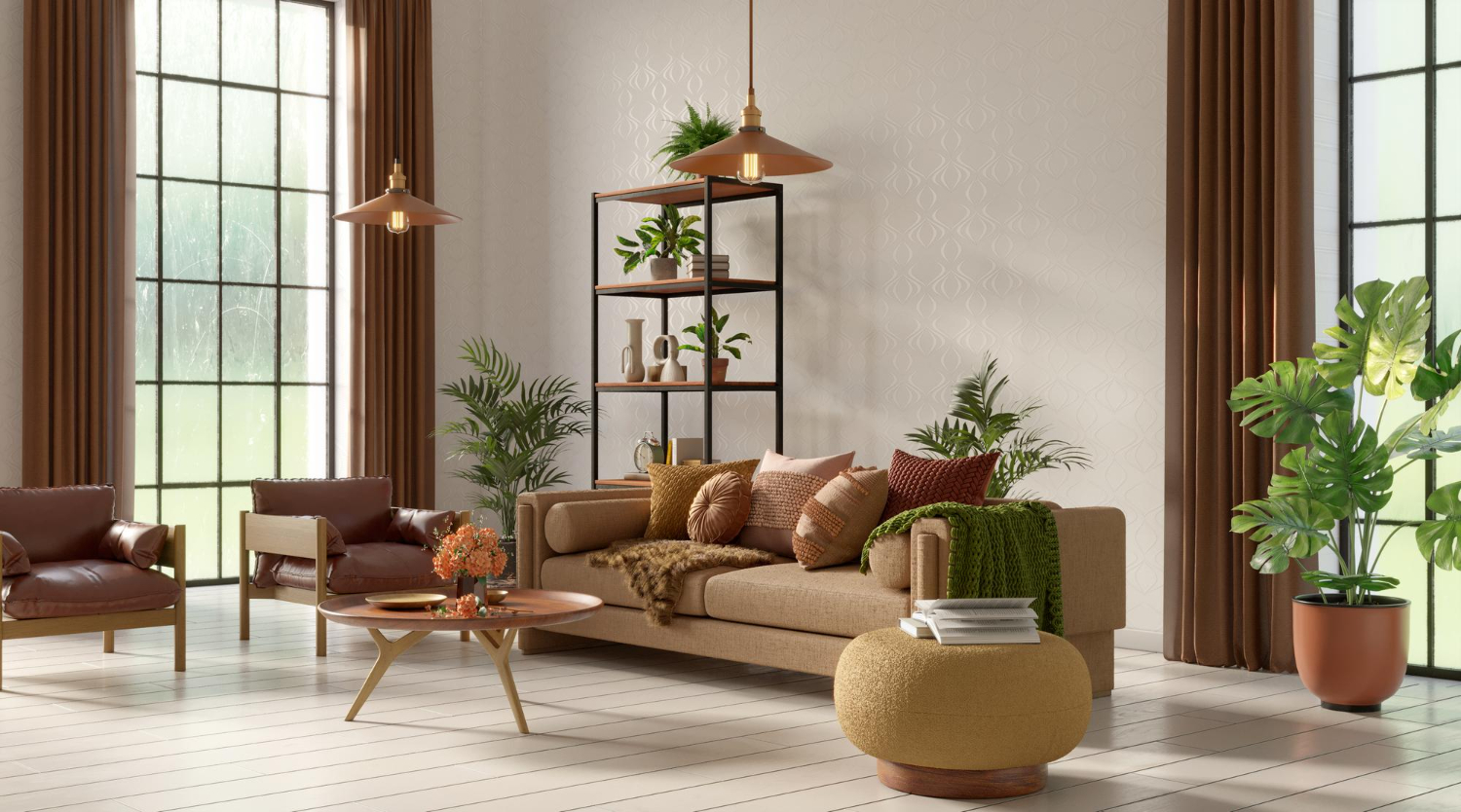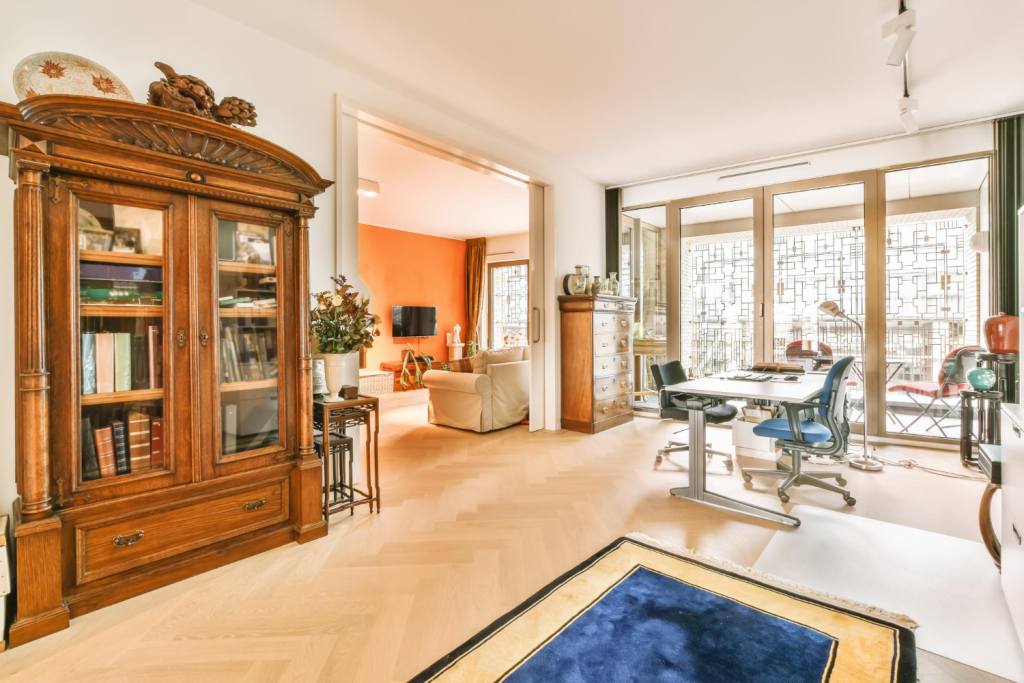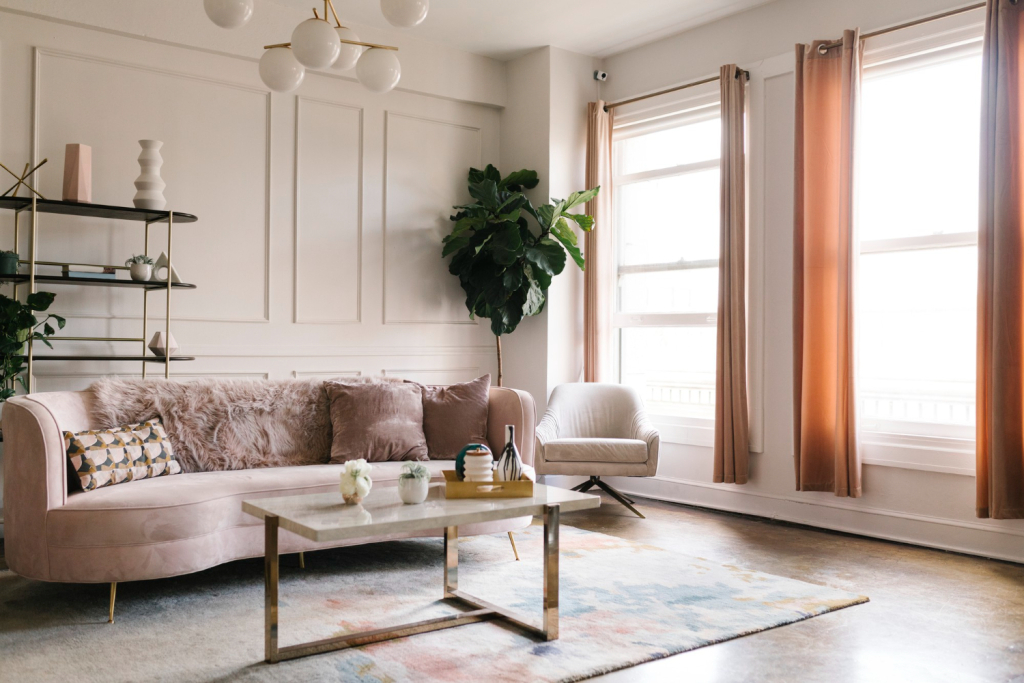A Comparison of Modern Vs Traditional Interior Design

When considering a remodel of your home, choosing between traditional and modern interior design can be difficult. Traditional design is often associated with history and nostalgia, while modern design is associated with evolving trends.
Fortunately, these two styles share some commonalities that make them more amenable to a single space than you might think. The ultimate goal is a space that feels welcoming and comfortable for you and your guests.
Choosing between modern and traditional interior design.
You may be looking at a remodel of your home or apartment and wondering which type of interior design you should choose or if you need an interior designer to consult. Traditional and modern styles can look very different, but they can also work together to create comfortable spaces for modern living.
When choosing between traditional and contemporary interior design for your home or apartment, the first thing to consider is whether the two styles will complement each other well. If there’s an open floor plan in place, these two will blend much easier than if there are walls separating rooms with very different themes.
If you’re looking to add a traditional touch to your modern home, consider what type of furniture will work best. Traditional furniture tends to be more ornate than modern elements of contemporary furniture. For example, if you need storage for your living room, try some cabinets or bookcases with ornate designs. These will help add character to the space without making it feel cluttered or overwhelming.
Traditional design is often associated with history and nostalgia.
Traditional design is often associated with history and nostalgia. The traditional style of home décor has its roots in historical styles, which may include classical, Shaker, or Victorian. These styles often convey a sense of comfort and nostalgia for those who grew up in such homes as children. For many interior designers, the traditional design also conveys a sense of permanence or tradition; this may be due to the fact that many people associate these styles with their grandparents’ homes.
Traditional home décor can be very formal, with rich colors and fabrics that convey opulence. The traditional interior design scheme is also often associated with rustic or country styles, which are equally as formal but may have a more rustic feel to them.

Examples of Traditional Interior Design
- Using wood furniture pieces such as tables and chairs made from oak or pine
- Using antique and vintage furniture or classic art for a traditional room
- Using natural materials and textures like leather or wool for upholstery on sofas, chairs, or ottomans
- Using traditional elements like fabrics made from linen or silk in neutral colors like cream, white or gray
- Using fine china sets with gold trimming around the edges such as plates, bowls, or cups
- Using fine crystal for wine glasses, vases, or other decorations with rich jewel tones
Modern design is associated with evolving trends.
In recent years, the popularity of modern or contemporary design has only increased. Many homeowners are choosing to remodel their homes in a modern style because they want something that looks clean, sleek, and minimalistic. However, there are still some who prefer mixing modern with classical styles.
While each style has its own merits and drawbacks, there are some differences between the two types. The main difference between traditional and modern design is that the former focuses on classic styles and forms that have been used for hundreds of years, while the latter is more concerned with new developments in architecture and interior design. A traditional home may feature an open floor plan with wood floors, crown molding, and art deco, while a modern one might include sleek countertops made out of granite or marble—or even concrete.

Example of Modern Interior Design
- Using glass in windows and doors
- Using straight lines, rectangular shapes, and large windows
- Using bold colors such as black, gray or white
- Using square shapes and geometric designs
- Using materials such as stone, wood and metal
Traditional and Modern Elements Commonalities
Fortunately, these two styles share some commonalities that make them more amenable to a single space than you might think. Both traditional and modern interior design styles have their own unique characteristics—traditional designs tend to be heavier and more ornate such as a Scandinavian design, while modern ones tend to be streamlined and minimalist with soft furnishings—but they’re both flexible enough to be used in a variety of spaces.
You can even create a cohesive look by combining the two: You could use traditional furnishings like armchairs, tables, or lamps with clean lines of modern accents like black-and-white photos or sleek metallic accessories made from industrial materials.
If you’re looking for an elegant, sophisticated design style for your living room but don’t want it to feel too stuffy or old-fashioned, consider going with something more than one style all at once—you never know what might happen if these two opposites collide.
The ultimate goal is a space that feels welcoming and comfortable.
When deciding what style of interior design is right for you, it’s important to think about not just the look of your space but also its feel. There are many ways to create a home that is both beautiful and functional, but the ultimate goal is a space that feels welcoming and comfortable for you and your guests.
In traditional interiors, furniture placement tends to be symmetrical or balanced around a central focal point or feature—perhaps an ornate fireplace or chandelier hanging over a dining room table. The overall effect creates an elegant environment where all pieces work together as one cohesive unit: from flooring to ceiling moldings, everything has been carefully selected by experts in order to achieve maximum impact at every turn!
Traditional design can also include antique-inspired touches such as claw foot tubs, ornate hand-carved wood beds (like those found in Downton Abbey), chandeliers & sconces hung from high ceilings with intricate ironwork detailing along walls (examples include Versailles Palace outside Paris).
While modern spaces tend toward more dramatic forms like minimalistic lines which emphasize functionality instead of decoration; there may still be some decorative elements within these spaces because they reflect current trends while still being practical enough for everyday use without sacrificing style.

Both styles can work well together in the same space.
While it’s true that modern and traditional styles are distinct design philosophies, there is no reason to think of them as mutually exclusive. In fact, you can use both in the same room.
Traditional style is often associated with history and nostalgia, while modern style is often associated with evolving trends. But despite these differences in appearance, both styles share some commonalities: they’re both based on clean lines; they both use a minimum of decorative elements; they both prioritize function over form, and they’re both meant to be functional rather than ostentatious or luxurious.
When it comes to interior design, there are many styles and trends available to choose from. The style that suits your taste is one of the most important factors in creating the perfect space for you and your family. If you’re looking for a way to combine modern and traditional design elements in your home or apartment, we hope this article has helped shed some light on how they can work together.




